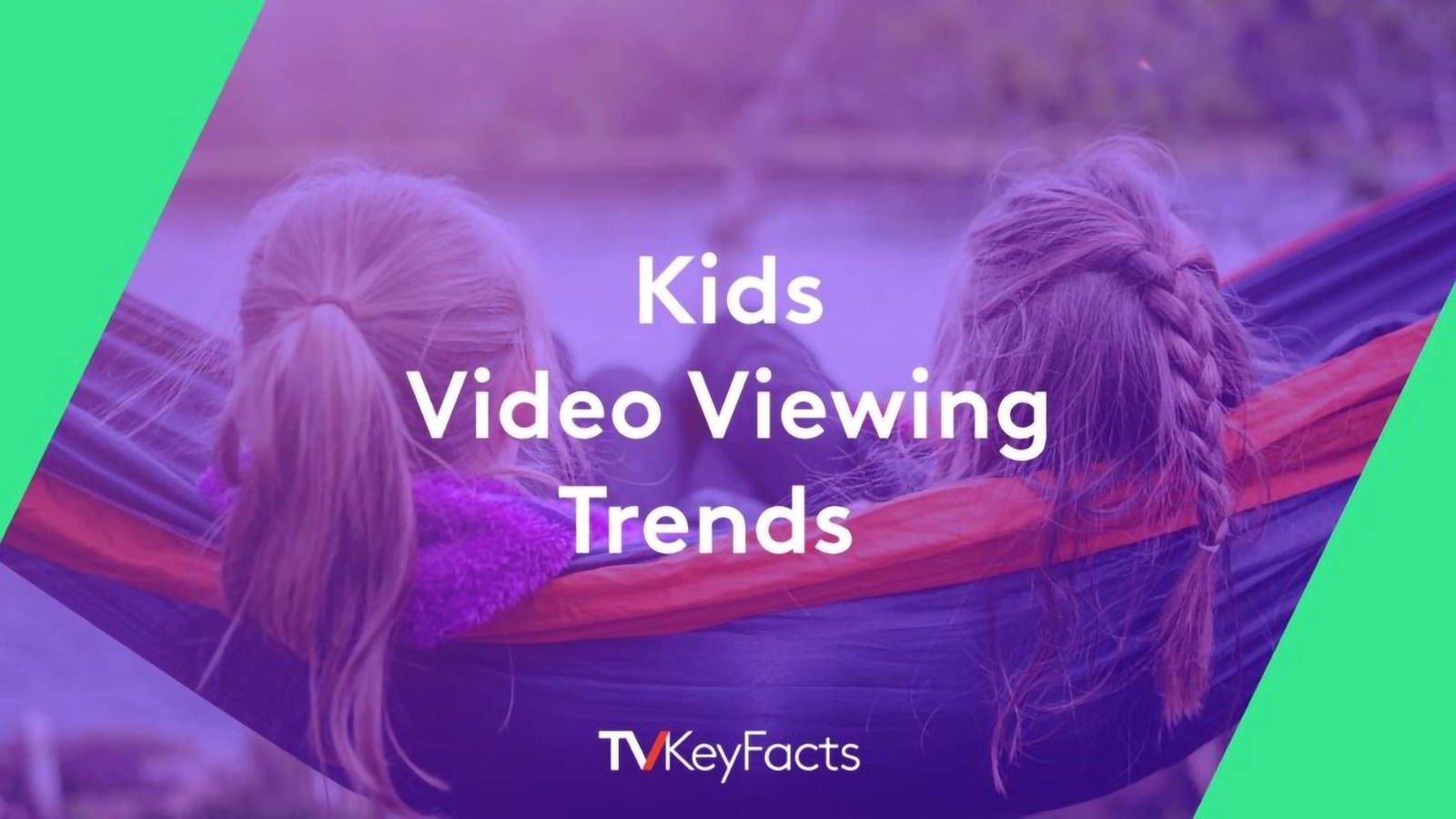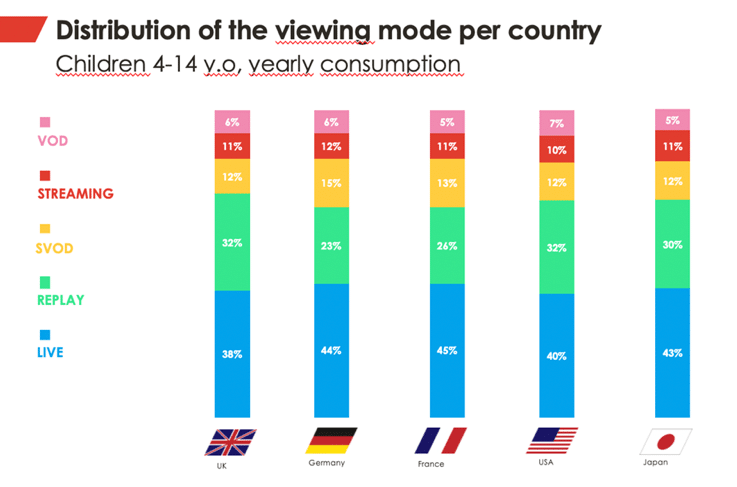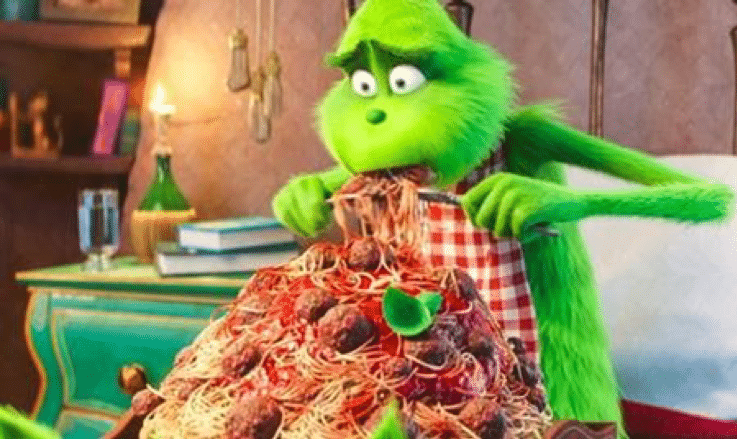Kids Total Video Viewing Trends

As various lockdowns force children to home-school once more, kids’ video consumption has risen too. Yet, this consumption takes place on more devices and platforms than ever used to be the case. Whilst this gives advertisers the unique opportunity to reach some of the audience’s most receptive minds, it has also emphasised the importance of brand-safe premium content for both broadcasters and advertisers. The following trends are based on the study carried out by Harris Interactive whose sources come mainly from France but also contain contributions from Germany, the UK, US and Japan.
Television has become synonymous with brand safety over the years; therefore, it should come as no surprise that it is the medium, both live and on-demand, that is most used by kids. However, live viewing is still preferred by children although VOD viewing is particularly popular amongst the target group in Anglo-Saxon countries. 91% of kids watch TV live whereas 70% stream content; this trend becomes more acutely clear when compared daily, 73% of the target group (4-14) watch TV live daily whilst only 48% stream daily. Whilst TV remains ahead of other medias, social media has gained market share; 57% of French children are social media users, 60% of whom use Snapchat and TikTok.

What is less clear cut is the device on which the content is watched due to the access children may or may not have to screens. TV remains the screen the most available to kids in the UK with 96% of the target group able to at least access a TV despite only 46% owning one personally. Similarly, 86% of children aged between 4 and 14 have access to a phone but only 47% have their own. The target group are in fact more likely to have their own tablet, with 57% of the study saying they have one. The diversity of devices highlights the importance of ensuring brand safety across multiple mediums and promotes advertisers to consider multi-media investment strategies.

Throughout 2020, children’s daily average viewing times have risen with most of the consumption having taken place on TV or on catch-up, as well as SVOD services. Not only was their more consumption, but it happened on many more devices. Increased content consumption comes with great potential but also many risks. It is vital that children are protected from harmful content and, as such, the role of brand-safe premium content becomes paramount.

Aurelie, Head of Strategic Planning at RTL AdConnect